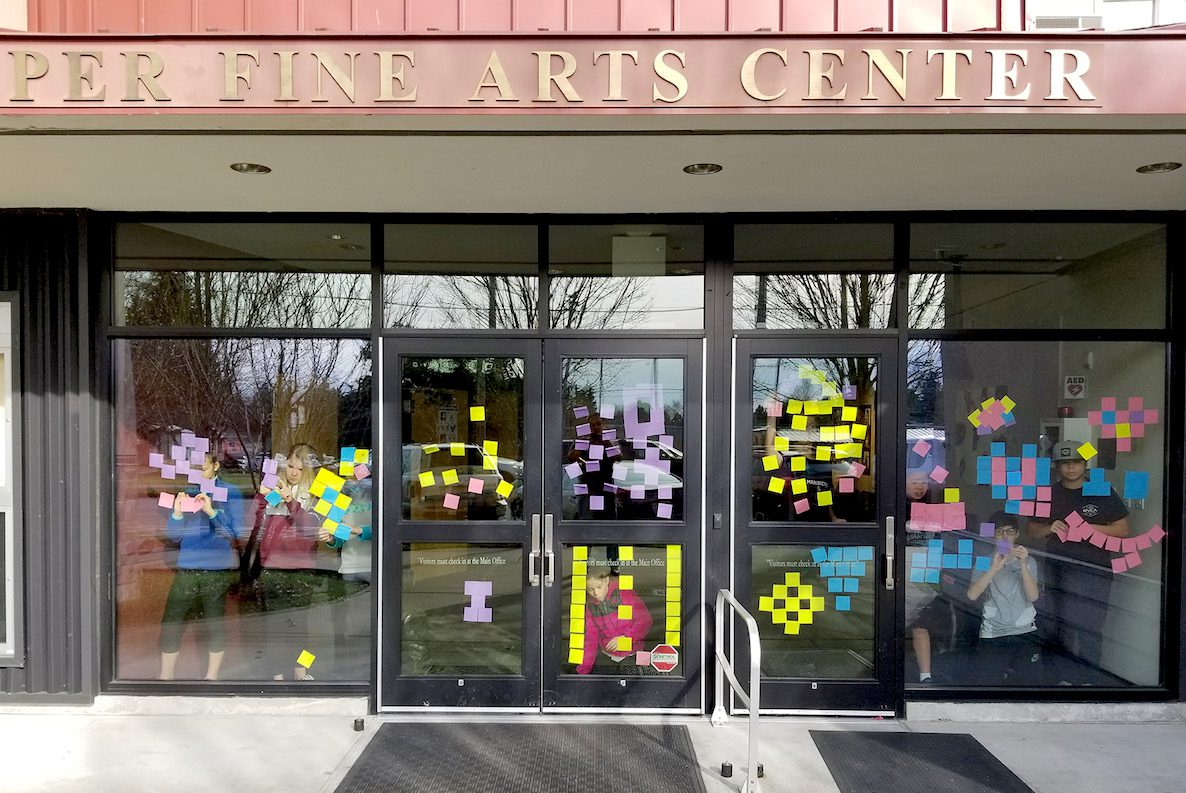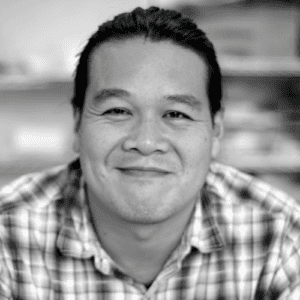The visual arts cannot exist in a vacuum. The overlap with performance art forms can be seen in everything from video and photo work to movement and performance pieces.
Take for example an artist like Nick Cave. His Sound Suits incorporate both visual and performative art. While they are beautiful to look at, a viewer doesn’t get the full effect until they begin moving and creating sound.
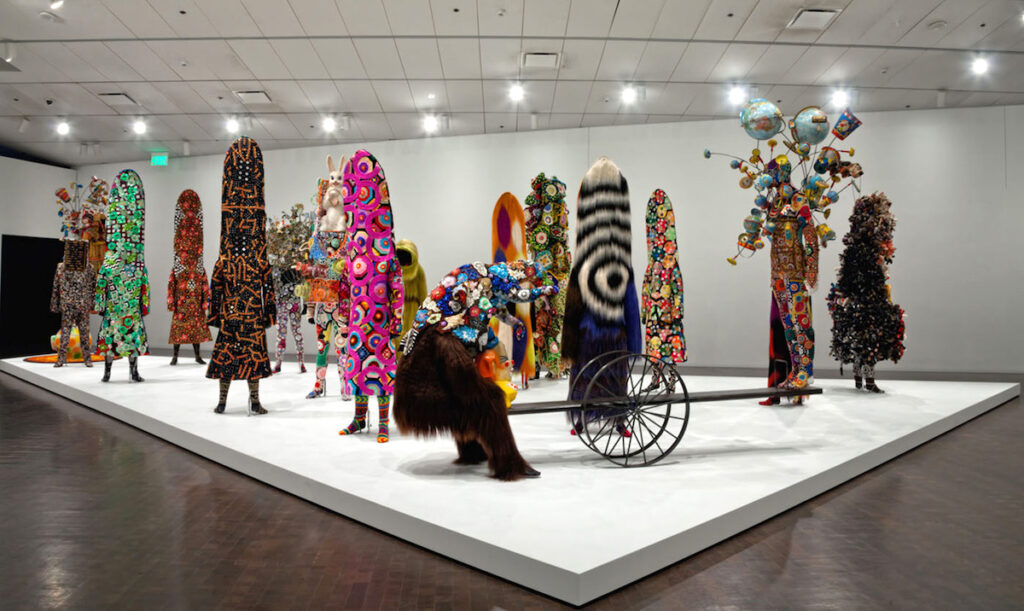
If you’re interested in bringing together dance, drama, and the visual arts, I have some insight to share.
A Little Background Information
A few years ago, the fine arts department at my school decided to redesign the 6th-grade fine arts experience.
We had 3 goals.
- For students entering 6th grade to experience all arts disciplines
- To spark an interest in art forms students may not have tried on their own
- To show students how the various art disciplines overlap and complement each other
We re-designed our students’ experience, so they get to experience dance, drama, and visual arts one semester, and either instrument or vocal instruction the other. At the end of the year, students came together to create a final performance incorporating what they learned.
While this setup may not be feasible for all schools, there are three ways visual arts teachers can help their students benefit from learning about and experiencing these other disciplines.
3 Ways to Bring together Drama, Dance, and the Visual Arts
1. Develop a Relationship with the Other Arts Teachers in Your School
Building relationships with other teachers at your school is a great way to start working outside of your discipline and show how it can connect to other art forms. While it might feel tough to make the time to build that bridge with other teachers, the reward is worth the effort.
First of all, you’ll get to see how similar instructional strategies work across artforms. Plus, you may find watching another arts teacher will spark ideas to bring energy and activity to your classroom.
For one of our projects, I introduced my students to gesture drawing. Students worked quickly in sequence to capture motion. Initially, we drew from videos. After a bit of practice, I took them down to the dance room. There we set up and drew the dance students as they rehearsed and did a short performance.
The experience benefited both groups. My visual art students got to draw from live models and captured movement, and the dancers had an audience for their performance. Everyone enjoyed it!
Even if you don’t have teachers in the other art forms at your school, there are likely some in your district or a neighboring one. Look for chances to attend professional development workshops together, or to network at local arts institutions. Connecting with just about any arts teacher will create benefits for you and your classroom.
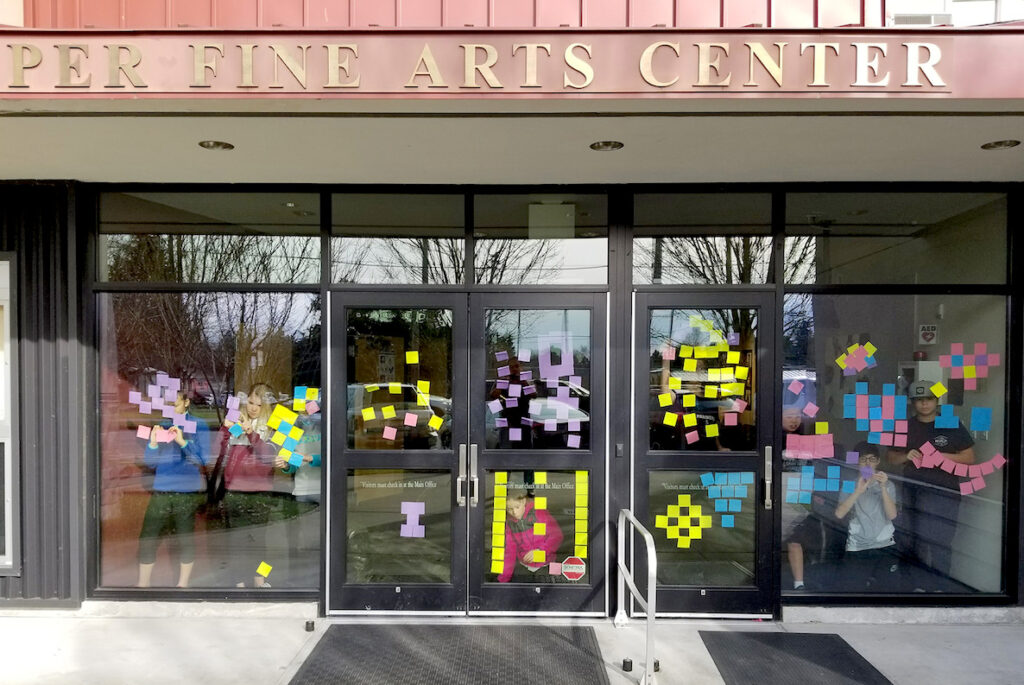
2. Run an “Arts Boot Camp”
At my school, students were able to experience all the art forms on a rotating schedule. We called this “Arts Boot Camp.” Each teacher had a short time to instill some foundational concepts in their discipline. Although the ability to be flexible and rotate students through different art forms might not be possible at your school, elements of the program might still be useful.
In my visual arts classes, we drilled the Elements of Art. I spent a significant amount of time with a few key concepts; line, shape, and texture. We did this through contour drawings, gesture drawings, and also a project that focused on creating patterns and textures with Sharpie markers.
Students also discussed line in the other classes. They talked about how the concept crossed over through the “line” of the body in dance or the literal representation of “lines” in a script. In this way, students were able to make deep connections between the art forms.
It’s easy to represent how the concepts transcend individual art forms, even if there aren’t other arts teachers in your building. One idea is to show a video that highlights the connection and do an activity or hold a discussion. Or, you could have the students briefly experiment with other art forms and use what they observed or learned in their visual art projects.
3. Hold an Interdisciplinary Event
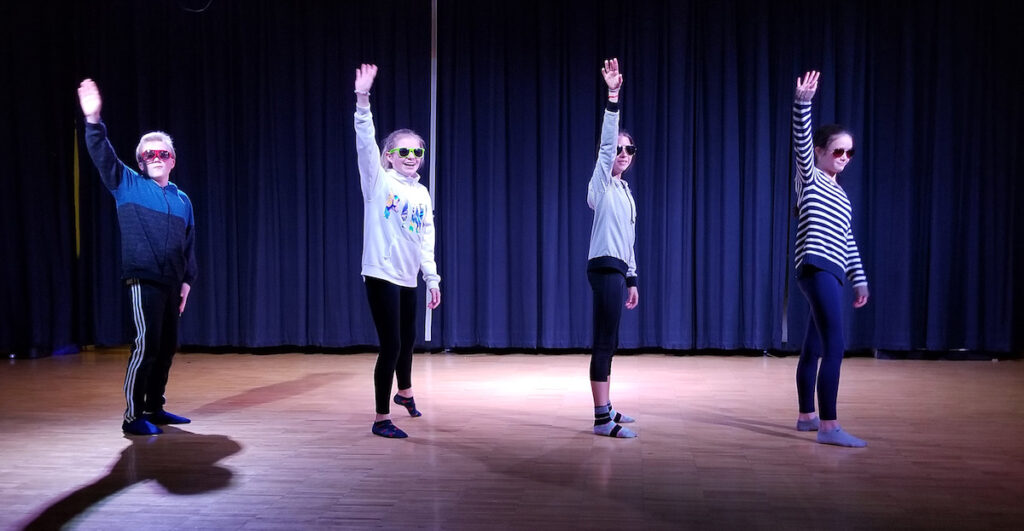
The most important piece for our rotation was having students understand how they could bring all the art forms together into a single cohesive project.
In my school, this took the form of a series of performances. In each, students created costumes and backdrops using their visual art skills. Then, they used dance to express movement and emotion and drama to provide a narrative.
One group even created an art carnival. They had flash mob moments, fanciful costumed characters, a performative “game show,” and a human fidget spinner. (Whatever you’re picturing is exactly what it looked like.)
Each project brought the art forms together in an organic and fun way. These larger spectacles were something we were able to do with planning and flexibility in our meeting schedules.
But, there are plenty of ways you could bring the art forms together on a smaller scale.
Here are three ideas.
- A jazz ensemble or other musical group from your school could play at your art show.
- Dance students could track their movements on butcher paper by drawing out their steps on the sheet. Or, they could apply paint to their shoes and move around the page.
- A student photographer could document the many moments of a performance and incorporate them into a larger work.
Or maybe your students could create movement-activated clothing that makes sound. Sound familiar? The possibilities are really limitless. So, think about how to show your students how the arts transcend individual disciplines and come together to inspire.
Have you worked with the other fine arts teachers at your school?
On what types of interdisciplinary projects have you collaborated?
Magazine articles and podcasts are opinions of professional education contributors and do not necessarily represent the position of the Art of Education University (AOEU) or its academic offerings. Contributors use terms in the way they are most often talked about in the scope of their educational experiences.
